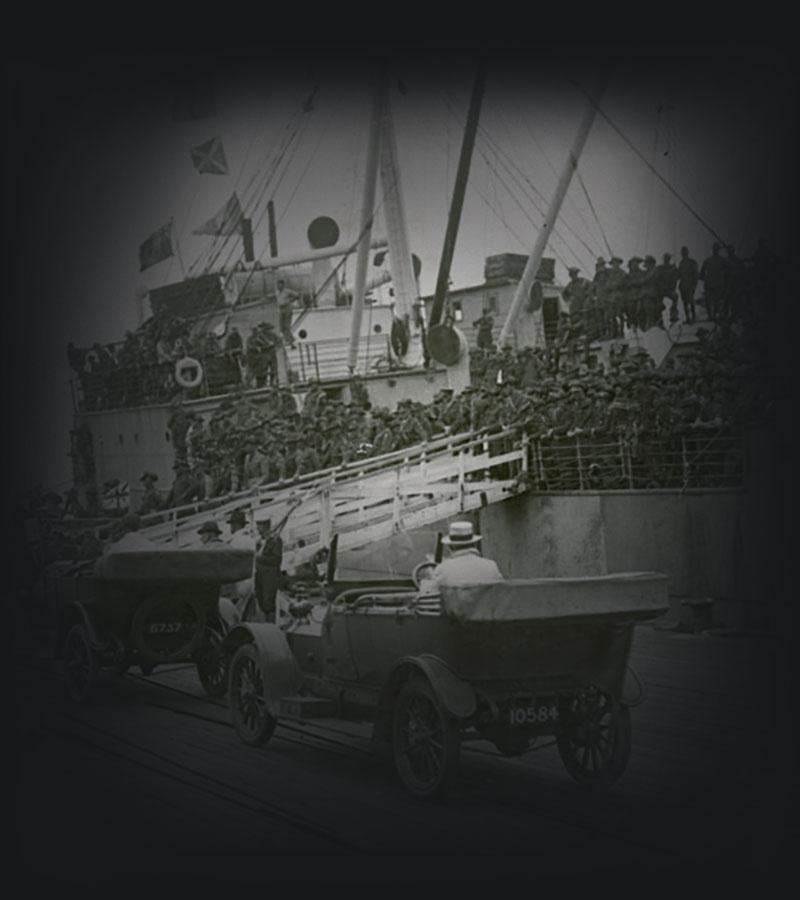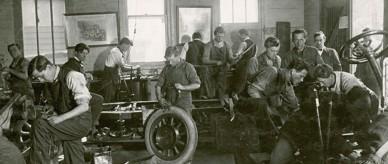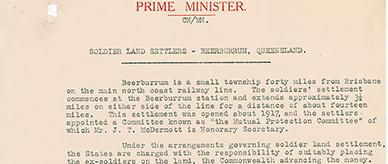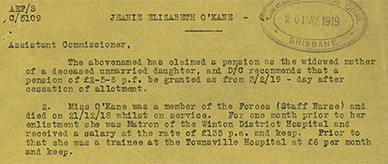When troops returned from the First World War (WW1) and disembarked at docks across Australia, they carried the effects of their experiences in this terrible and destructive war. New technology in warfare led to shocking injuries and many of those who returned suffered the physical and mental effects.
The Australian Government established a war pension scheme in late 1914 to help wounded veterans and the families of those who were killed. However, the growing number of casualties prompted the need for a new, comprehensive and centralised repatriation scheme.
In 1918, the Australian Government created the Repatriation Department to help returned veterans resettle in the Australian community. The department introduced programs to assist veterans develop their vocational skills and find jobs, and supported their independence through pensions and loans. A soldier settlement scheme was established and administered by the states.
The department also provided medical services to meet the extensive and varied needs of veterans and financial assistance for their dependants. It was an enormous undertaking for the Repatriation Department, which had no model to work from. The long-term costs of ongoing medical care and welfare benefits following the war were on a scale never before encountered.
Curriculum areas
- Year 9 History
Questions
- What were some of the personal challenges that those who served in the First World War faced on their return to Australia?
- How and why did the Australian Government help soldiers returning from the First World War?
- In what ways do you think nations should recognise the contribution of troops?











